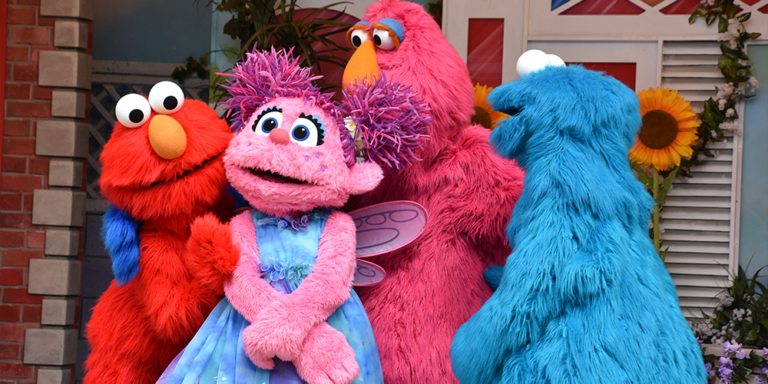
As a classroom teacher, I used to require all of my fourth and fifth grade students to complete a formal science fair presentation following the scientific process with a tri-fold board and a classroom competition. I made it a big deal and organized many school-wide science fairs with elaborate themes and events. My intent was to get students and our community engaged and excited about science.
When my own children started participating in science fairs, I learned that my actual impact looked a little less like engagement and excitement, and a little more like torture — for the whole family! I was definitely not my best parenting self while trying to coerce my own children to finish their projects, and I realized that it’s time for a science fair revolution.
Check out this hilarious article by Susan Messina, creator of the turmoil project
Time for A Shift
The shift from a strict adherence to the scientific process to the Science and Engineering Practices should be reflected in our school science events. There are eight practices and only one of them is Planning and Carrying Out Investigations.
It’s time to broaden our view of a science fair, just like we’ve broadened our definition of the practices.
The “scientific method” makes science into a series of rigid steps — and can lead students to disengage. In contrast, the Science and Engineering Practices highlight how science is a highly social, creative, and iterative problem-solving process, involving a variety of different kinds of intellectual work.
District Event Approach

Issaquah School District decided to start highlighting the amazing STEM work that was happening in classrooms, clubs, and organizations in our community in a district-wide event.
We invited teachers and their students to showcase how they integrate STEM skills and knowledge. In addition to classroom booths, STEM-related industries shared recent work in their respective fields.
Here’s a video walkthrough of our first annual STEMposium.
Highlights included student “STEM Ambassadors” presenting at booths using a variety of methods, including videos, boards, and hands-on demonstrations.
The topics ranged from engineering to computer science, environmental advocacy to robotics, and various scientific disciplines. We invited all levels — kindergarten through high school — to present. This was our inaugural event and I’m excited to report that there were over 500 people in attendance!
School-Based Approach
Many elementary and middle schools still hold traditional science fairs. This year, numerous schools in my district asked how they could adapt their long-standing science fair into a STEM Fair. There is clearly an interest in change, but not a wealth of resources available.
If you’d like to shift your science fair to a STEM fair, here are some ideas I’ve gathered through research and collaboration with peers.

Broadening Topics
Link the STEM fair topic to units of study already happening in the classroom.
- Investigating phenomenon
- Engineering solutions to real-world problems
- Using computer science and coding to solve problems
Project Characteristics
- Real-world connection
- Collaborative
- Majority of the work is done in the classroom to ensure equity
- Student voice, choice, and advocacy is embedded
- Learning focused, not product focused
- Many opportunities for students to revise scientific thinking and reasoning
- STEM career connection with diverse representation
Presentation Opportunities
- Posters or tri-fold boards
- Digital presentations or videos
- Coding platforms, such as Scratch
- Prototypes, inventions, or model
Assessment
- Formative assessment embedded throughout the process
- Clear rubric with a few focused assessment standards
- Standards-based, not percentages or points
- A celebration of learning, not competitive
This may seem like a lot of change to implement at once, so start small. For example, your first step might be to include engineering or to complete a grade-level engineering project to showcase at the event.
There’s not one correct way to plan and organize a great STEM Fair. Be responsive to your students and community. And always remember, the most important thing about this process is that we’re reimagining how to authentically engage students and families in STEM experiences and learning.

Resources:
- Family Engineering Nights: A blog post about increasing authentic family engagement with tons of resources.
- STEM or Not STEM: A great article dissecting two different lessons with a STEM lens.
- Characteristics of STEM: A quick read about what to include in your STEM lessons.
- Dream Big Engineering in Our World: A movie for students about real-world engineering with TONS of hands-on engineering tasks for teachers.
- Equity: An article discussing the inequities of learning for traditional science fairs.








